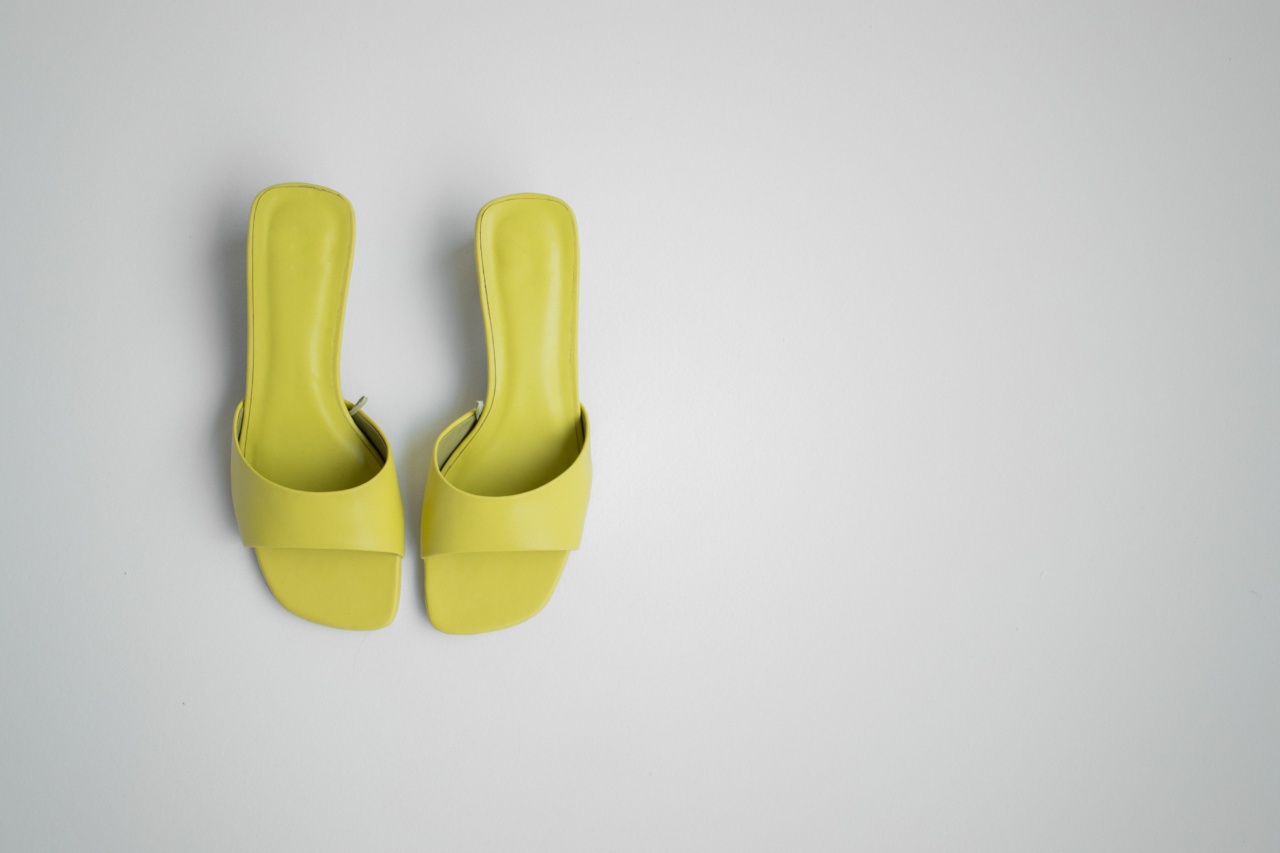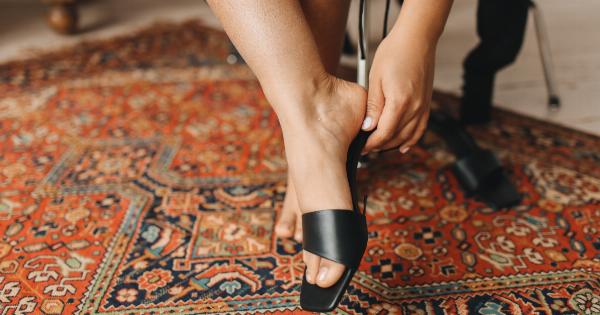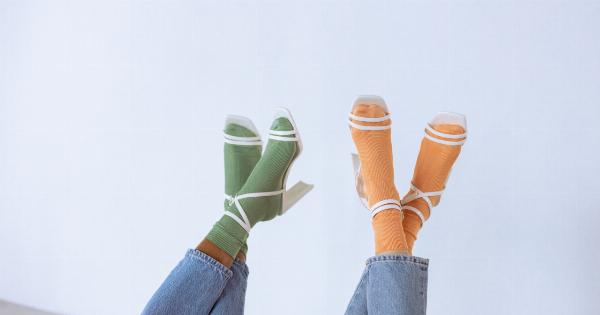High heels are a staple in many people’s wardrobes. They can elevate an outfit, make you feel confident, and give you a leggy look.
However, wearing high heels can also lead to foot pain, blisters, and even serious injuries if not worn or cared for properly. In this article, we will discuss some top tips to help you protect your feet while wearing high heels, ensuring you can enjoy both style and comfort.
1. Choose the Right High Heels
The first step to ensuring high heel safety is selecting the right pair for your feet. Here are some factors to consider:.
– Heel Height: Opt for heels with a moderate height to lessen the strain on your feet.
– Heel Width: Wider heels provide better stability and distribute your weight more evenly.
– Toe Box: Choose heels with a spacious toe box to avoid crowding your toes.
– Arch Support: Look for shoes with proper arch support to reduce foot fatigue.
2. Prioritize Comfort
Comfort should be your primary concern when selecting high heels. Here are some tips to ensure comfort:.
– Try Before You Buy: Always try on heels and walk around in them before purchasing.
– Padded Insoles: Use gel or foam insoles to cushion your feet and absorb shock.
– Secure Fit: Ensure your heels fit snugly and do not slip or rub against your skin.
– Break Them In: Gradually wear your heels for short periods to allow your feet to adjust.
3. Strengthen Your Feet
Building foot strength can help minimize discomfort and prevent injuries. Try these exercises:.
– Toe Curls: Place a towel on the floor and use your toes to scrunch it toward you.
– Ankle Flex and Point: Sit down with your legs extended, and flex and point your feet.
– Calf Raises: Stand with your heels hanging off a step and rise onto your tiptoes.
– Foot Massage: Roll a tennis ball under your feet to stretch and relieve tension.
4. Take Regular Breaks
Wearing high heels for extended periods can be detrimental to your feet. It is essential to give them regular breaks. Try these techniques:.
– Slip-On Flats or Sneakers: Keep a pair of comfortable shoes handy and switch when needed.
– Sit and Stretch: Take sitting breaks and perform stretching exercises for your feet, ankles, and calves.
– Alternate Heel Heights: Switch between different heights to vary the pressure on your feet.
5. Pay Attention to Body Mechanics
Proper body mechanics can significantly impact your comfort and safety while wearing high heels:.
– Posture: Stand tall, keeping your shoulders back and your core engaged.
– Gait: Take smaller strides and place your heel down first, followed by the ball of your foot.
– Avoid Uneven Surfaces: Be cautious while walking on uneven or slippery surfaces that can cause instability.
6. Address Foot Pain and Blisters
If you experience foot pain or develop blisters while wearing high heels, try these remedies:.
– Foot Soaks: Soak your feet in warm water with Epsom salts to alleviate soreness.
– Moisturize: Apply lotion or foot cream to keep your skin moisturized and prevent friction.
– Blister Prevention: Use blister pads or moleskin to protect vulnerable areas of your feet.
– Orthotic Inserts: Consider using orthotic inserts to provide extra support and reduce pressure points.
7. Know When to Give Your Feet a Break
While high heels can be fashionable, it’s essential to know when to opt for more comfortable footwear:.
– Long-Distance Walking: If you anticipate walking long distances, choose supportive flats or sneakers.
– Intense Activities: Avoid wearing high heels during physical activities or exercises.
– Recovery Days: Give your feet recovery time by wearing flat or low-heeled shoes the day after wearing high heels for an extended period.
8. Regular Foot Care
Proper foot care is crucial for maintaining healthy feet when wearing high heels regularly:.
– Trim Your Toenails: Keep your toenails trimmed to prevent ingrown nails and potential discomfort.
– Moisturize: Apply foot cream daily to keep your feet supple and prevent dryness.
– Pumice Stone: Use a pumice stone or foot file to exfoliate and smooth any rough areas.
– Avoid Excessive Calluses: Reduce the risk of calluses by using a foot file or scheduling regular pedicures.
9. Seek Professional Help
If you consistently experience foot pain or discomfort while wearing high heels, it is advisable to consult a podiatrist. They can provide personalized advice and suggest appropriate treatments or orthotics tailored to your needs.
10. Listen to Your Feet
Lastly, the most important tip is to listen to your feet.
If you experience persistent pain or discomfort while wearing high heels, it’s essential to prioritize your foot health and consider alternative footwear options that offer both style and comfort.




























